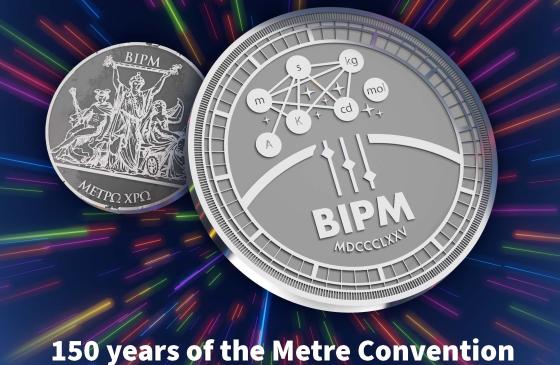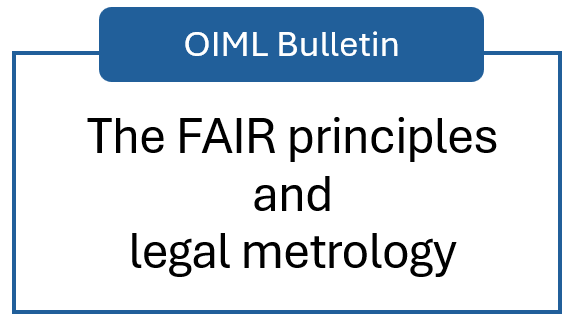OIML BULLETIN - VOLUME LXVI - NUMBER 2 - April 2025
e v o l u t i o n
Conformity Assessment
Editorial
Marc Schmidt1 and Renée Hansson2
1. NMi-Certin Netherlands
2. Swedac, Sweden
Citation: M. Schmidt and R. Hansson et al. 2025 OIML Bulletin LXVI(2) 20250200
Conformity assessment lies at the heart of trust in modern society. By demonstrating that products and services meet agreed requirements, it contributes to consumer protection, fair trade, innovation, and global commerce. Confidence in certification, testing, and inspection strengthens markets, enhances the credibility of regulations, and builds public trust. A harmonized approach to conformity assessment further contributes by promoting recognition of results, reducing unnecessary trade barriers, and addressing the needs of governments, businesses, and citizens alike.
The OIML-Certification System (OIML-CS) aligns with this by providing harmonized conformity assessment procedures and a framework for the evaluation and mutual recognition of type approval test results and certificates. It supports regulators through simplified policy-making and assists manufacturers in accessing markets more efficiently, while ensuring compliance with international requirements. At the same time societal evolutions, such as digitalization and the green transition, are reshaping the landscape of conformity assessment. This creates both opportunities and challenges that call for new testing methods, certification tools, and digital solutions such as electronic certificates and markings.
The articles in this edition show diverse perspectives and ongoing activities in the field of conformity assessment. They will inform you about developments and best practices to increase the global acceptance of conformity assessment of a variety of instruments. The edition starts with a horizontal topic: EMC compliance. With a continually evolving electrical environment, mastering EMC compliance can be challenging for manufacturers of measuring instruments, and the first paper provides practical, hands-on advice to support these efforts. Colleagues from the Netherlands describe their work on static liquid quantity meters – a new type of tank measurement. A paper from Colombia shares a valuable "utilizer" perspective of the OIML-CS. A paper from Austria gives a demonstration of digital transformation in practice, showing how digitalized information useful to, for example, market surveillance and an instrument's in-use phase, can be made readily available. Finally, an article highlights the growing demand for DC energy metering – arising from the energy transition – which is placing pressure on policymakers and standardization efforts.
We hope you enjoy this edition and will be inspired to share your own valuable knowledge, experiences, and insights in future issues of the Bulletin.






